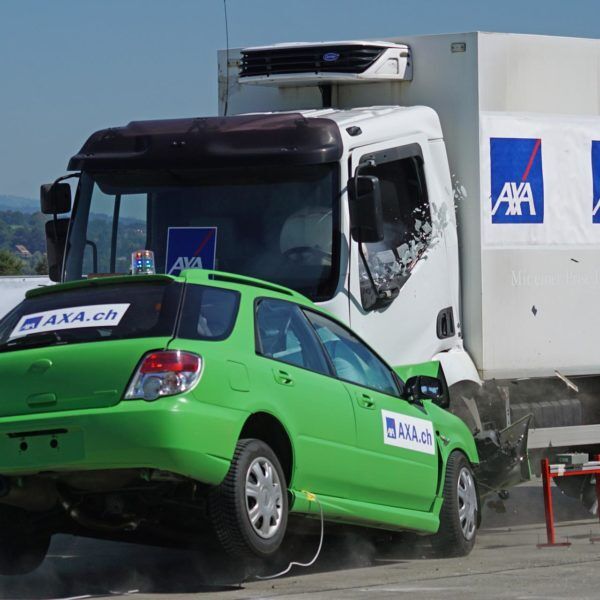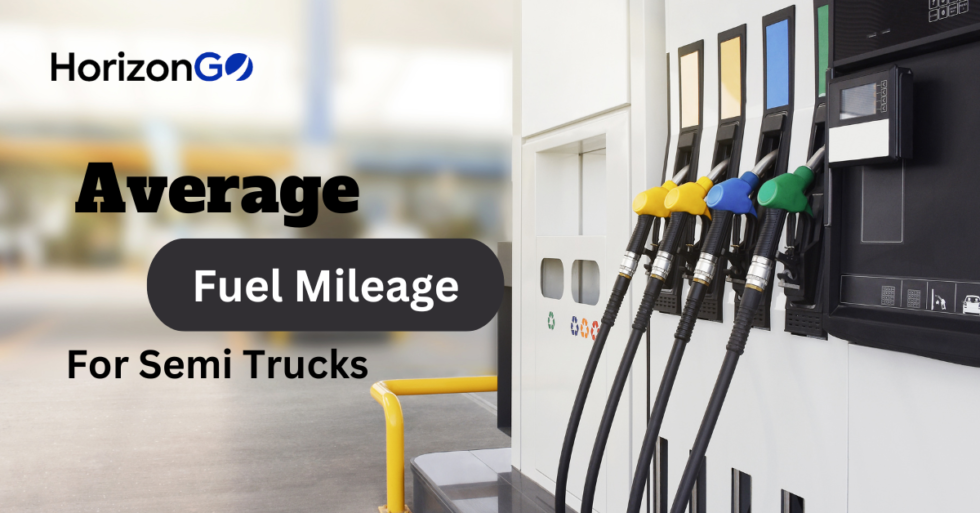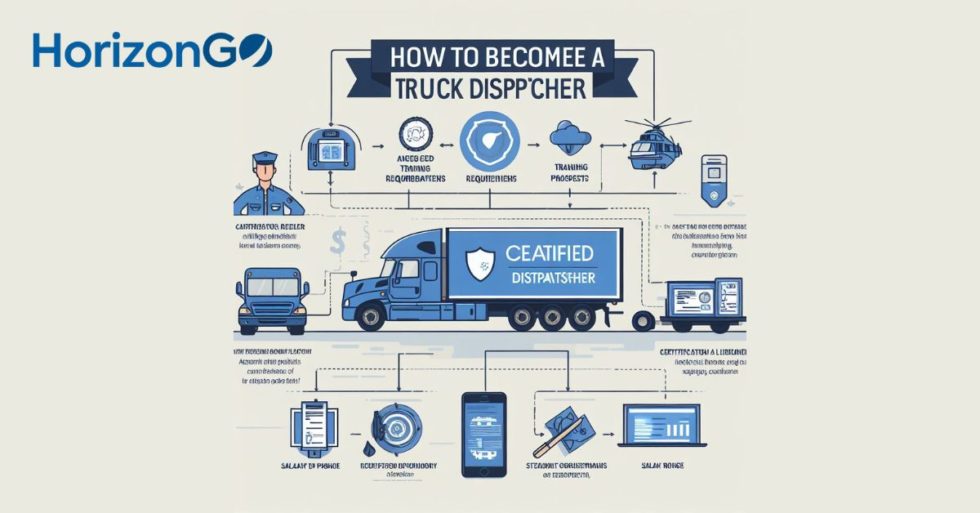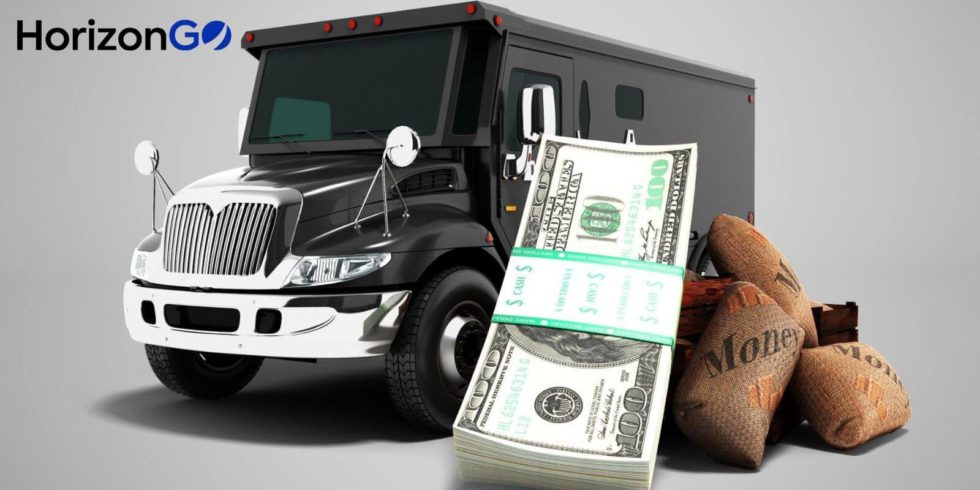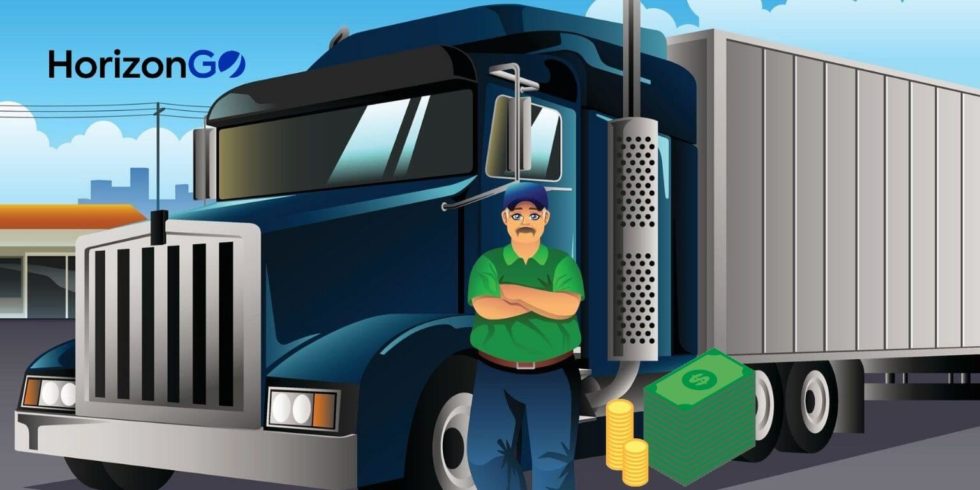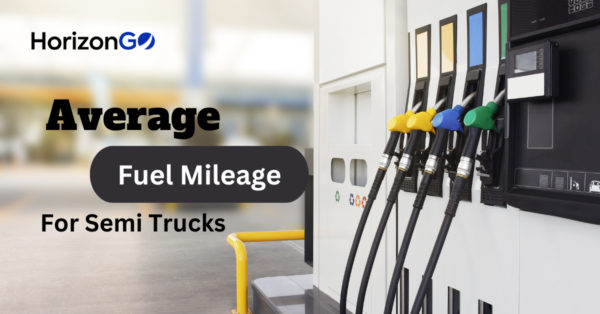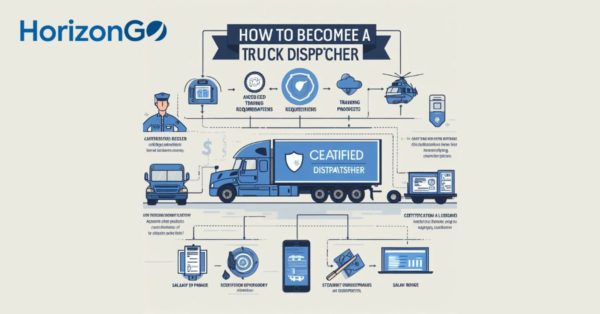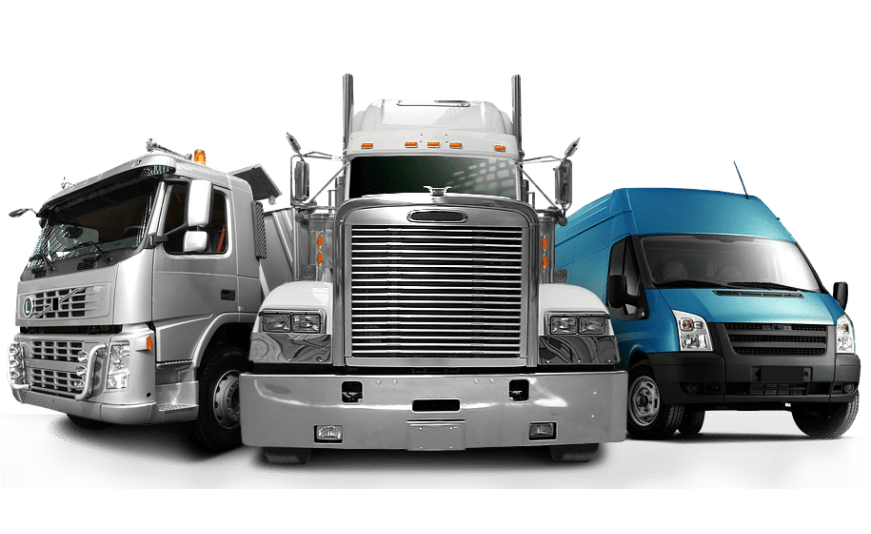✅Quick Answer
Hotshot trucking insurance is crucial for independent truckers who transport smaller, time-sensitive loads. This specialized coverage typically includes liability, cargo, and physical damage insurance. Liability insurance covers damages in case of accidents, while cargo insurance protects the goods being transported.
Physical damage insurance covers the truck itself. It’s essential for hotshot truckers to understand the specific insurance requirements in their state and industry.
- Hotshot Trucking
- What is Hotshot Trucking Insurance?
- Who Needs Hotshot Trucking Insurance?
- Hotshot Commercial Insurance
- How Much is Hotshot Insurance?
- What’s Covered in Hot shot Trucking Insurance?
- What Type Of Insurance Is Needed For Hotshot Trucking
- What Are Hot Shot Trucking Insurance Requirements?
- How Much Does Hotshot Trucking Insurance Cost?
- Best Hot Shot Trucking Insurance Companies 2023
- Hot Shot Trucking Insurance in Texas
- Hot Shot Trucking Insurance in California
- Hot Shot Trucking Insurance in Ontario
- Hot Shot Trucking Insurance in Florida
- How to Get Hotshot Trucking Insurance Quotes
- Tips for Saving on Hotshot Trucking Insurance
- What is Non-CDL Hotshot Insurance Cost?
- Frequently Asked Questions
- The Bottom Line
Hotshot Trucking
Are you an independent trucker looking to gain more control of your destiny and reap the rewards of being self-employed? Hotshot trucking could be the answer. It offers an attractive opportunity for those willing to invest in specialized, oversized, or overweight cargo transport.
But before jumping in with both feet, it’s essential to look carefully at hotshot insurance coverage and other important considerations. You’ve established yourself as the go-to guy for small shipments that need to be made on a limited basis. You’re quick, dependable, and eager to grow your business.
Your hotshot trucking business isn’t just about your vehicle, trailer, or cargo. It also includes defensive measures – both for yourself and other drivers on the road – to protect you from dangers. One severe accident may destroy your business. That’s why hotshot trucking insurance is so important for your business. Some coverage is necessary.
Don’t consider insurance coverage a box to check off and then forget about. Consider it what it is: an investment in your hotshot trucking career and personal financial stability. This Hotshot Trucking Insurance Guide will provide you with key information about hotshot trucking insurance, and more.
Here are the details you need to know about hotshot trucking insurance.
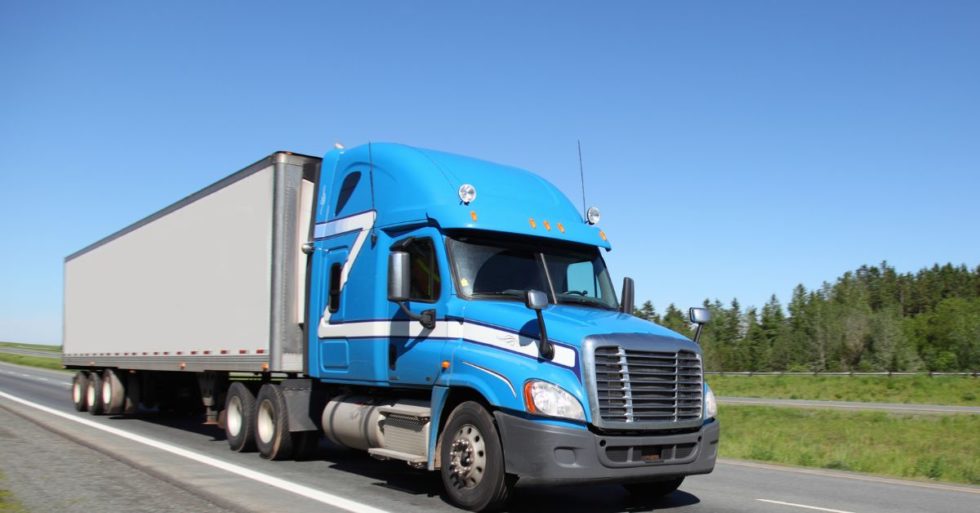
What is Hotshot Trucking Insurance?
If you’re a hotshot trucker, you know the importance of proper insurance coverage. As the owner-operator of your rig, you’re responsible for finding the best insurance for hotshot trucking to ensure your cargo and safety while on the road.
Insurance policies for hotshot truckers usually range from $7,000 – $12,000 per year. The average price for hotshot insurance is $10,284. This is based on 1-truck and trailer and being new in the business. There are many factors that drive the premium, so the amount that you pay will be different.
There are various factors to consider when searching for the right hotshot insurance policy, such as hotshot trucking insurance requirements, the type of trailer you’re hauling, and the cost of hotshot trucking insurance. In most cases, brokers and shippers will refuse to work with you if you don’t have that; moreover, FMCSA will require it.
We equip you with the information and tools to make a well-informed choice regarding your hotshot trucking insurance needs.
Here’s what you need to know about hotshot insurance, including the cost for different categories of vehicles, such as those that aren’t required to have a CDL (Commercial Driver’s Licence).
Who Needs Hotshot Trucking Insurance?
As a hotshot trucker, you must have some form of insurance before you can even think about hitting the road.
The FMCSA (Federal Motor Carrier Safety Administration) requires all commercial truckers to have liability insurance. This is the minimum coverage that will protect other drivers in an accident caused by you.
However, liability insurance will not protect your vehicle or your cargo in the event of an accident. So, if you want to be fully protected, you’ll need to purchase additional coverage.
We have three different types of trucks that are used in hotshot trucking;
- Class 3 (10,001–14,000lbs): Includes GMC Sierra 3500, Ram 3500, and Ford F-350
- Class 4 (14,001–16,000lbs): Includes Chevrolet Silverado 4500HD, Ford F-450, and Ram 4500
- Class 5 (16,001–19,500lbs): Includes Chevrolet Silverado 5500HD, Ford F-550, Peterbilt 325, and Ram 5500
There are some specific types of trailers for hotshot truckers that are;
- 20 to 40-foot gooseneck trailers (common)
- Dovetail trailers (common)
- Deckover trailers
- Lowboy trailers
If you are the one who is using your small truck and trailer for shorter deliveries faster than the other truckers, then you might be the hot shot trucker. So you need to have specific insurance to protect yourself from any kind of accident.
Hotshot Commercial Insurance
For hotshot trucking businesses, securing the right insurance coverage is essential. That’s where hotshot commercial insurance comes in. As a hotshot trucker, you must ensure the proper protection for your vehicles, trailers, and cargo while on the road.
This Guide provides detailed information on the best insurance options for hotshot trucking. Check out the Hotshot Trucking Insurance Guide today to ensure your Hotshot trucking business is protected with the right insurance coverage.
How Much is Hotshot Insurance?
Hotshot insurance costs vary based on several factors, including the type of coverage you need and your driving history. Generally, hotshot insurance for vehicles above 10,000 pounds of gross vehicle weight starts at around $5,000 per year for liability coverage.
Hotshot trucking insurance costs vary depending on the size of your vehicle, your driving history, and the nature of your cargo—commercial hotshot insurance costs between $5,000 and $15,000 annually.
Several factors determine the hotshot trucking insurance cost. These factors encompass the vehicle category, the distance covered, the lord’s characteristics, and the driver’s level of expertise. Truckers with a history of accidents or moving violations will pay higher insurance costs than truckers with clean records.
The cost also increases for those who deliver hazardous materials or cross state lines, as these jobs require additional coverage.
May you also read: What is Hotshot Trucking? Startup Guide
What’s Covered in Hot shot Trucking Insurance?
The type of coverage you need will depend on the trucking you do and the types of loads you haul.
For example, if you only haul small loads within a 200-mile radius, you probably won’t need the same level of coverage as a hot shot trucker who hauls large loads across the country.
In the hotshot trucking insurance, three things will protect you:
- Truck
- Trailer
- Cargo
A comprehensive insurance policy will cover your equipment for your trip. Medical expenses, as well as bodily injuries and liabilities, are frequently fully reimbursed by Hotshot insurance. Fire, theft, and vandalism protection are also included in the policy.
The coverage you choose for your cargo should match the value of your hotshot freight. Search for policies that give you the flexibility to compensate for the worth of your goods, especially if you’re transporting several LTL loads using many Bills of lading (BOL). A policy should cover each load with a limit of $100,000.
The most expensive component of hotshots trucking is, without a doubt, insurance. Consider it as an investment in your company and prospects. One accident might bankrupt you financially if you don’t have the right insurance. You’re protected with the appropriate coverage, and more importantly, you can recoup after an accident to continue operating.
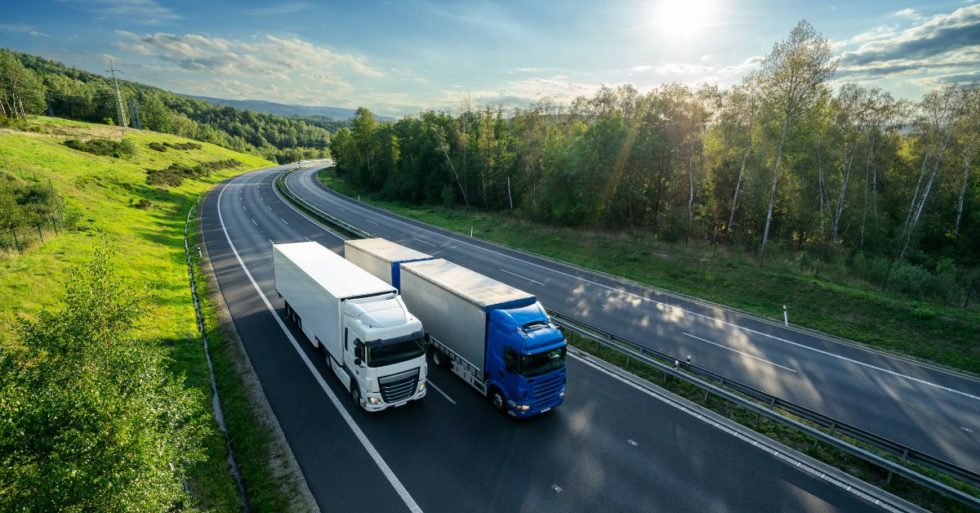
What Type Of Insurance Is Needed For Hotshot Trucking
Regarding hotshot trucking insurance, several policies are needed to provide complete coverage. These policies are essential in protecting the driver, the truck, the trailer, and the cargo. The best insurance for hotshot trucking should provide a combination of these policies with ample coverage for each one.
- Liability Insurance
The first and most important type of hotshot trucking coverage is Liability Insurance. This measure is essential to safeguard against any bodily injury or property damage claims from third parties that may arise in the event of an accident. This policy comes in two forms: property damage and bodily injury coverage.
Property damage coverage extends to the costs associated with damages to other vehicles, buildings, fences, or telephone poles. In contrast, bodily injury coverage takes care of the medical bills for individuals harmed in the accident.
- Cargo Insurance
Because hotshot trucking typically involves transporting cargo for other parties, having complete cargo insurance coverage is crucial. All-Risk Coverage will protect cargo in case of loss or damage due to any cause, while Named-Perils Coverage will cover only specific causes as stated in the policy.
- Comprehensive Insurance
Comprehensive Insurance should be included in any hotshot trucking insurance policy. This insurance plan provides coverage for the truck in scenarios involving accidents or harm resulting from fire, theft, or vandalism.
- Collision Insurance
Collision Insurance should be included in any hotshot trucking insurance policy. In the event of an accident with another vehicle or a stationary object, this policy covers the truck regardless of who is at fault.
- Towing and Storage Insurance
Towing and Storage Insurance should be included in any hotshot trucking insurance policy. This policy covers the cost of towing and storing your truck in case of an accident or breakdown.
- Earned Freight Insurance
Earned Freight Insurance covers hotshot truckers in the event of lost earnings if a covered peril causes a cargo to be undeliverable.
- Bobtail Coverage Insurance
Bobtail Coverage Insurance is an optional policy that covers the truck in the event of an accident when the truck is not carrying any load.
- Downtime Insurance
Downtime Insurance provides coverage for the cost of repairs to the truck in the event of an accident or breakdown. This policy also covers the cost of renting a replacement truck during repairs.
- Medical Payments Insurance
Medical Payments Insurance covers any medical expenses of the driver and their passengers in the event of an accident, regardless of who is at fault.
- Personal Injury Protection
Personal Injury Protection is similar to Medical Payments Insurance but may provide broader coverage, including lost wages and other expenses incurred due to the accident.
- Family Emergency Expenses Insurance
Family Emergency Expenses Insurance covers the cost of transportation, lodging, childcare, and other expenses incurred due to an accident or breakdown.
- Equipment Coverage Insurance
Equipment Coverage Insurance will cover the cost of repairing or replacing your truck’s equipment in case of an accident or breakdown.
- Debris Removal Insurance
Debris Removal Insurance will cover the cost of removing debris from the road in the event of an accident.
- Broadened Pollution Insurance
Broadened Pollution Insurance will cover the cost of cleanup and repairs if your truck causes an environmental disaster.
- Loss Mitigation Insurance
Loss Mitigation Insurance will cover repairing or replacing the truck if it is damaged or stolen.
- Gap Coverage Insurance
Gap coverage insurance will cover the difference between the amount you owe on your truck and the amount your insurance company will pay in an accident or theft. This is important if you have a loan or lease on your truck.
- Umbrella Insurance
Umbrella Insurance provides additional coverage if a hotshot trucker is sued for damages in an accident.
The more secure your purchase, the more protected you are. You need to discuss it with your insurance agent to include the following coverage in your hotshots’ trucking insurance policies.
What Are Hot Shot Trucking Insurance Requirements?
Hot shot trucking is the niche that involves smaller trucks and trailers hauling smaller loads across shorter distances. As a hotshot trucker, you must have insurance coverage before you hit the road. The Federal Motor Carrier Safety Administration, or FMCSA, requires all commercial truckers to have liability insurance.
Liability insurance is the minimum required coverage that will protect other drivers in the event of an accident caused by you. However, liability insurance alone will not protect your vehicle or your cargo in case of an accident. A comprehensive insurance policy that covers every aspect of the profession is necessary for hot-shot trucking.
Not having the proper insurance can result in heavy fines and even the shutdown of your business.
How Much Does Hotshot Trucking Insurance Cost?
The cost of hotshot trucking insurance will vary depending on several factors, such as the type of coverage you need, the size of your truck, and the states you will be operating in. For example, a basic liability policy for a small hotshot truck may start at $750 per year. A comprehensive policy for a large hotshot truck operating in multiple states may cost $5,000 per year or more.
To get an accurate quote for your business, speak with an insurance agent specializing in hotshot trucking insurance. They will be able to determine the coverage you need and get you the best rate possible.
Best Hot Shot Trucking Insurance Companies 2023
Various insurance companies offer coverage for hotshot truckers. These include HorizonGo, Progressive, Zurich, and Nationwide insurance companies. However, the best hotshot trucking insurance companies for 2023 provide all-encompassing coverage for hotshot trucking operations.
An excellent hot shot trucking insurance policy should include coverage for equipment and cargo, among other aspects of the business. You should compare quotes from different providers and check their ratings, policy options, and premiums. Choose a provider with experience in hotshot trucking insurance.
Why Is Hotshot Insurance So Expensive?
Hot shot insurance is more expensive than traditional trucking insurance due to the higher risk involved. Hot shot trucking is deemed riskier for various reasons, such as the size of the trucks, the smaller space available for the cargo, and the shorter distances typically covered, resulting in more frequent loading and unloading.
Additionally, hot shot truckers may have to navigate some harsh terrains and weather conditions that increase the chances of accidents. The high risk of accidents and losses makes insurance companies levy higher premiums for hot shot trucking insurance. Nonetheless, as a hot-shot trucker, seeking and maintaining comprehensive coverage for your business operations is wise.
Hot Shot Trucking Insurance in Texas
Thanks to its central location and strong economy, Texas is a popular state for hot shot trucking. The state requires all commercial truckers, including hotshot truckers, to have liability insurance with a minimum coverage of $300,000 for bodily injury and property damage.
In addition to liability insurance, hot shot truckers in Texas should consider additional vehicle, trailer, and cargo coverage. A comprehensive insurance policy can cover expenses related to accidents, theft, fire, and vandalism, as well as bodily injuries and medical expenses.
The cost of hot shot trucking insurance in Texas can vary depending on several factors, including your driving record, the value of your cargo, and the type of coverage you need. It’s important to shop around and compare different insurance providers to find the best coverage at the most affordable price.
Hot Shot Trucking Insurance in California
California is another popular state for hot shot trucking due to its large population and thriving economy. Like Texas, California requires all commercial truckers to have liability insurance with a minimum coverage of $750,000.
In addition to liability insurance, hot shot truckers in California should consider additional coverage for their vehicle, trailer, and cargo. It can include comprehensive collision and cargo insurance, among others.
The cost of hot shot trucking insurance in California can also vary based on several factors, including the type of coverage and the value of your cargo. Working with a knowledgeable insurance provider who can help you identify the right coverage for your needs and budget is important.
Hot Shot Trucking Insurance in Ontario
Ontario is the most populous province in Canada and a popular location for hotshot trucking. The province requires all commercial truckers to have liability insurance with a minimum coverage of $2 million.
Hot shot truckers in Ontario should also consider additional coverage for their vehicle, trailer, and cargo. It can include collision, comprehensive, and cargo insurance, among others.
The cost of hot shot trucking insurance in Ontario can vary based on several factors, including your driving record, the type of coverage you need, and the value of your cargo. It’s important to work with an insurance provider who understands the specific requirements of the province and can help you find the right coverage for your business.
Hot Shot Trucking Insurance in Florida
Hot shot trucking insurance is as important in Florida as in any other state. With the increased demand for hotshot trucking services in Florida, protecting your business from potential financial devastation with the right insurance coverage is crucial.
Florida requires all commercial trucking operators, including hot shot truckers, to follow the federal guidelines from the FMCSA. It means that you must have a minimum of liability insurance to protect other drivers in an accident caused by you. However, liability insurance will not cover your cargo or anything else you’re transporting.
It’s important to note that Florida is a no-fault state regarding accidents. Regardless of who’s at fault in an accident, your insurance company must pay for your medical bills and lost wages. Therefore, having the right insurance coverage to protect yourself and your business is essential.
How to Get Hotshot Trucking Insurance Quotes
If you’re a hot-shot trucking operator, getting insurance quotes is essential in protecting your business. Here are some steps to get the best insurance quote for your hotshot trucking business:
- Determine Your Coverage Needs
Before you start requesting insurance quotes, determine the type of coverage you need based on the loads you haul, the distance you travel, and the value of your cargo. The right insurance coverage can protect your business from financial loss in an accident or theft.
- Shop Around
After determining your coverage needs, shop around and compare quotes from different insurance providers. It gives you a better idea of the cost and the coverage options.
- Choose a Reputable Insurance Provider
Do your research and choose a reputable insurance provider that offers the coverage you need at an affordable price. Look for those with experience in commercial truck insurance and positive customer reviews.
- Review the Policy Carefully
Don’t sign up for insurance without reviewing the policy first. Read through the policy and ensure the coverage meets your needs before signing the dotted line.
May you also read: Steps For the Successful Hot Shot Trucking Business
Tips for Saving on Hotshot Trucking Insurance
You can do a few things to save money on hotshot trucking insurance.
- Shop around and compare rates from different companies.
- Pay your policy in full to avoid finance charges.
- Choose a higher deductible to lower your premium.
- Join an insurance pool or association.
- Use telematics to track your driving habits and lower your rate.
- Keep your truck in good condition and free of any defects.
What is Non-CDL Hotshot Insurance Cost?
If you’re using a non-CDL truck, you can still get hotshot insurance coverage. The cost for non-CDL hotshot insurance is relatively lower than for CDL-required transportation. The average cost for non-CDL hotshot trucking insurance is around $3,000 to $5,000 per year.
Non-CDL hotshot drivers provide services that require less weight load unless they’re crossing state lines. Since their loads tend to be smaller and their vehicles lighter, truckers don’t have to maintain the same extensive insurance coverage as CDL carriers.
From understanding the coverage options available to finding the best provider, our guide covers you. You can even learn about Progressive Hotshot Insurance, which offers coverage tailored to hotshot drivers. Don’t leave your business and livelihood at risk – take the time to read our guide and make sure you have the protection you need.
May you also read: How To Become a Freight Broker?
Frequently Asked Questions
how much is truck insurance per month?
The cost of truck insurance per month can vary widely depending on factors like the type of truck, coverage, and your driving history, but it typically ranges from $800 to $2,000 or more.
how much is semi truck insurance?
Semi-truck insurance costs vary based on factors such as the truck’s value, coverage options, and your driving record. On average, it can range from $1,000 to $4,000 per month.
how much does commercial truck insurance cost?
Commercial truck insurance costs are influenced by multiple factors, including truck type, cargo, and location. Monthly premiums often fall between $800 and $2,500, but it can be more expensive for specialized needs.
how much is cargo insurance?
Cargo insurance costs fluctuate depending on cargo type, value, and coverage limits. On average, it can range from $500 to $2,500 per month.
how much is commercial truck insurance in texas?
The cost of commercial truck insurance in Texas varies based on several factors. On average, monthly premiums can range from $800 to $2,500 or more, depending on your specific needs.
how much is monthly insurance on a dump truck?
Monthly insurance for a dump truck can range from $800 to $2,000 or more, depending on factors like the truck’s value, coverage, and your driving history.
The Bottom Line
After reviewing this comprehensive Hotshot Trucking Insurance Guide, you can confidently venture into hotshot trucking. It’s essential to consider the significance of thorough research to understand insurance requirements and acceptable cargo loads before accepting a job.
Equipped with this valuable knowledge of protecting yourself and others, you can rely on this guide as a resource for any insurance-related questions or needs. Remember, success as an independent contractor in hotshot trucking relies on diligent effort and an informed understanding of insurance coverage and laws. Good luck on your hotshot trucking journey!

